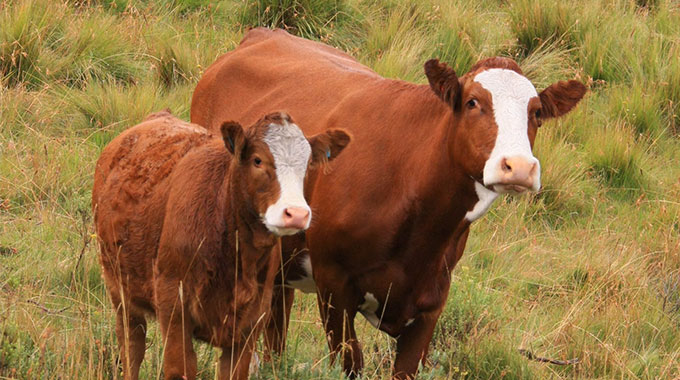
The Sunday News

IN as much as we talk of and promote controlled breeding as a livestock management practice, we are very much alive to the fact that most smallholder livestock farmers practice uncontrolled breeding.
This is mainly due to the land tenure system they find themselves in. A majority of the smallholder livestock farmers are in communal lands, be they purely communal or resettlement areas.
Only a few are in privately-owned and managed pieces of land such as A2 resettlement schemes or the old purchase areas.
It is the farmers who are in privately-owned and controlled areas that can manage to implement controlled breeding if they so wish.
However, there are still a lot of farmers under this very scheme that don’t practice controlled breeding despite it being a best practice in livestock management.
Reasons will vary from one farmer to another but it’s largely because the uncontrolled system is much simpler to implement than the controlled breeding system. Just so we bring each other on the same page, controlled breeding is a system in which the farmer determines when he/she can put males to the females.
He/she also determines which males will mate with which females. This has its own advantages such as determining when you can have your calves, summer or winter? Also because your females got serviced around about the same time, the offspring produced will be of the same age which makes management much easier.
Uncontrolled breeding on the other hand is where the females are always running with the males and whichever comes on heat gets serviced.
Females will naturally come on heat at various times or even various seasons and this means you will have offspring dropping across a very wide time range, making management almost a nightmare.
Be that as it may, I would like to think that for most smallholder communal farmers we have our animals tuned to seasonal breeding because of the changes on the nutritional status of the rangeland.
Your animals will only go into breeding when the plane of nutrition improves due to improvement on the rangeland. This naturally happens after the onset of the rains, making the natural breeding season to fall between January and March depending on the agro-ecological region within which the farmer falls.
This means your cows will be serviced around the time when there is plenty of grass because it is the rainy season and they will drop calves just before getting into another cycle of the rainy season.
However, early breeders will get serviced much earlier say end of December or somewhere in January and they will drop the calf right at the peak of the dry season around September and October.
This becomes a nightmare because you will then need to supplement the lactating cows as the rangeland will be at its least performance.
This natural control of breeding brought in by the state of the rangeland is a very important phenomenon in communally managed herds.
It is, however, still possible to manipulate the seasonal breeding to your advantage as a livestock farmer.
Firstly, you should ensure that your cows take bulls during the natural breeding season so that you do not skip a year without a calf.
You therefore need to get your cow in a good body condition much earlier into the natural breeding season so that it will cycle and get serviced by the bull.
This you will achieve by relieving the animal of nutritional stress, for example you can stop milking the animal so that it quickly improves that body condition from the onset of the rains and it will take the bull around end of February.
Also stop using your cows as draught power as this wears the animal condition down and it will take time to recover its body condition and by the time it does, the natural breeding season will be gone and you have missed a year! So, if you have cows right now that are nursing two to three months old calves, stop milking them, make sure they get the best of the shooting grass.
This will ensure that they improve condition much earlier and are ready to take a bull by February.
In short let’s manage our breeding cows such that they are in a condition to take a bull during the natural breeding season.
This will ensure that we do not skip a season without a calf on foot.
Uyabonga umntakaMaKhumalo.
Mhlupheki Dube is a livestock specialist and farmer. He writes in his own capacity. Feedback [email protected], Cell 0772851275



